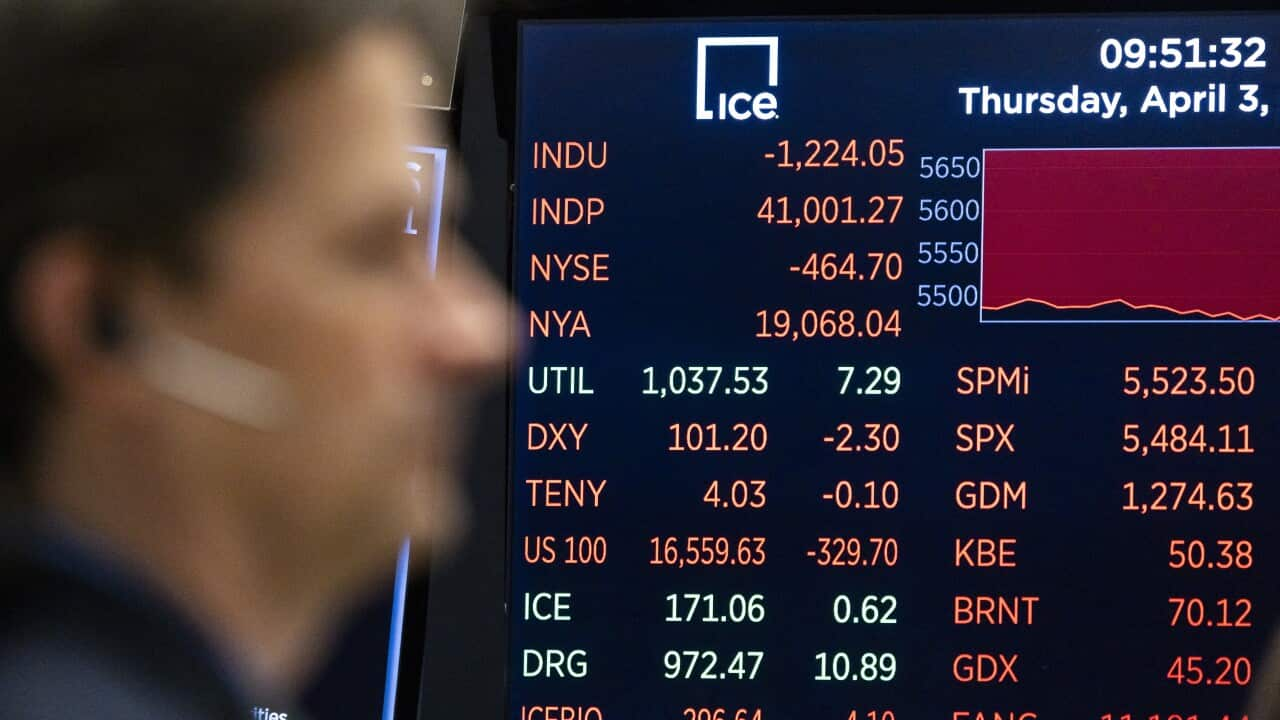The Australian dollar has hit a five-year low as the world's two largest economies ramp up tariffs against one another, creating uncertainty in the market.
The Australian dollar fell to its lowest point since April 2020, buying just 60.5 US cents.
The drop follows an intensifying which saw Beijing slap an additional 34 per cent tariff on all US imports on Friday in retaliation for similar US levies.
So why is the Aussie dollar falling?
The China effect
Tariffs between the US and China have been escalating since US President Donald Trump's inauguration in January.
But now the broader US tariffs against key economic allies of China, is causing instability for its currency the Yuan.
Macroeconomist Janet Mui said China is facing "critical" economic struggles.
"China has been trying to re-diversify its supply chains through southeast Asia to avoid US tariffs, but now that can't happen," she told Reuters.
The Australian dollar is broadly considered a proxy of the Yuan, due to our exports being dependent on China's purchasing power.
Chief economist at the Australia Institute Greg Jericho told SBS News the two currencies are linked, which means when the Yuan takes a hit, it can impact the Australian dollar.
Trickle-down impact
"Donald Trump raising tariffs on Chinese imports to the US means that for those products to maintain the same price, the value of the Chinese currency needs to fall. That in turn will affect the value of the Australian dollar," Greg Jericho, Australia Institute chief economist
How are consumers affected?
A weak Australian dollar makes imports more expensive, which can make things tough for household budgets.
Jericho said this most significantly affects petrol prices, which are entirely dependent on global markets.
Other imported household goods, on some non-essential items, could also increase in cost, but there shouldn't be changes to things like fees and charges, rent and childcare.
— Additional reporting by Reuters.


